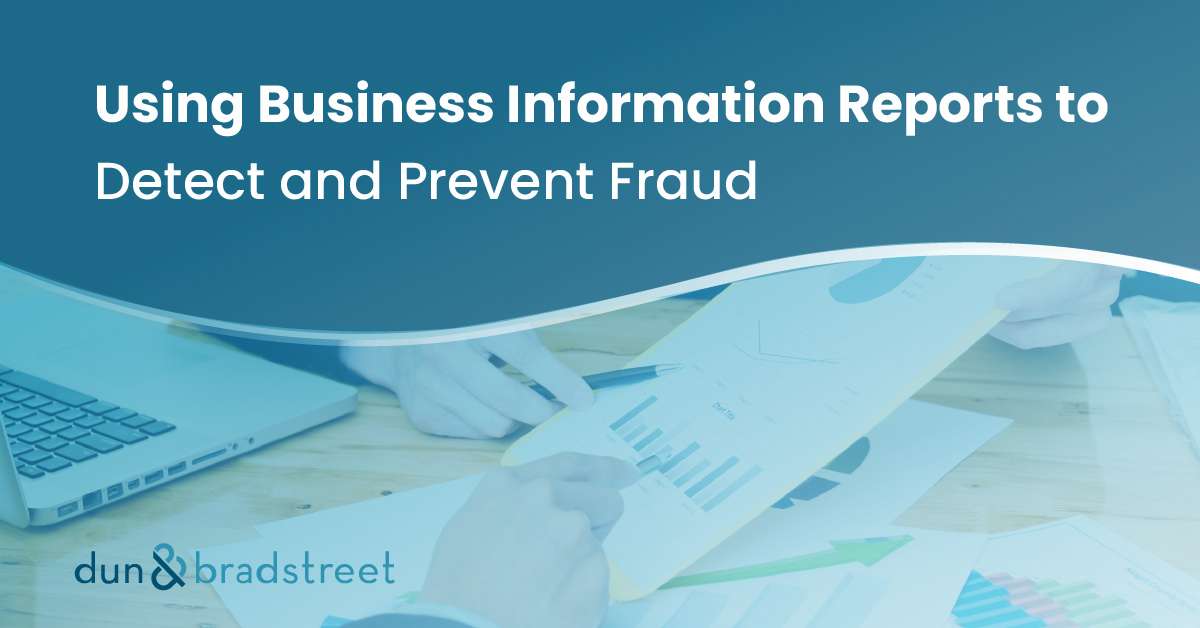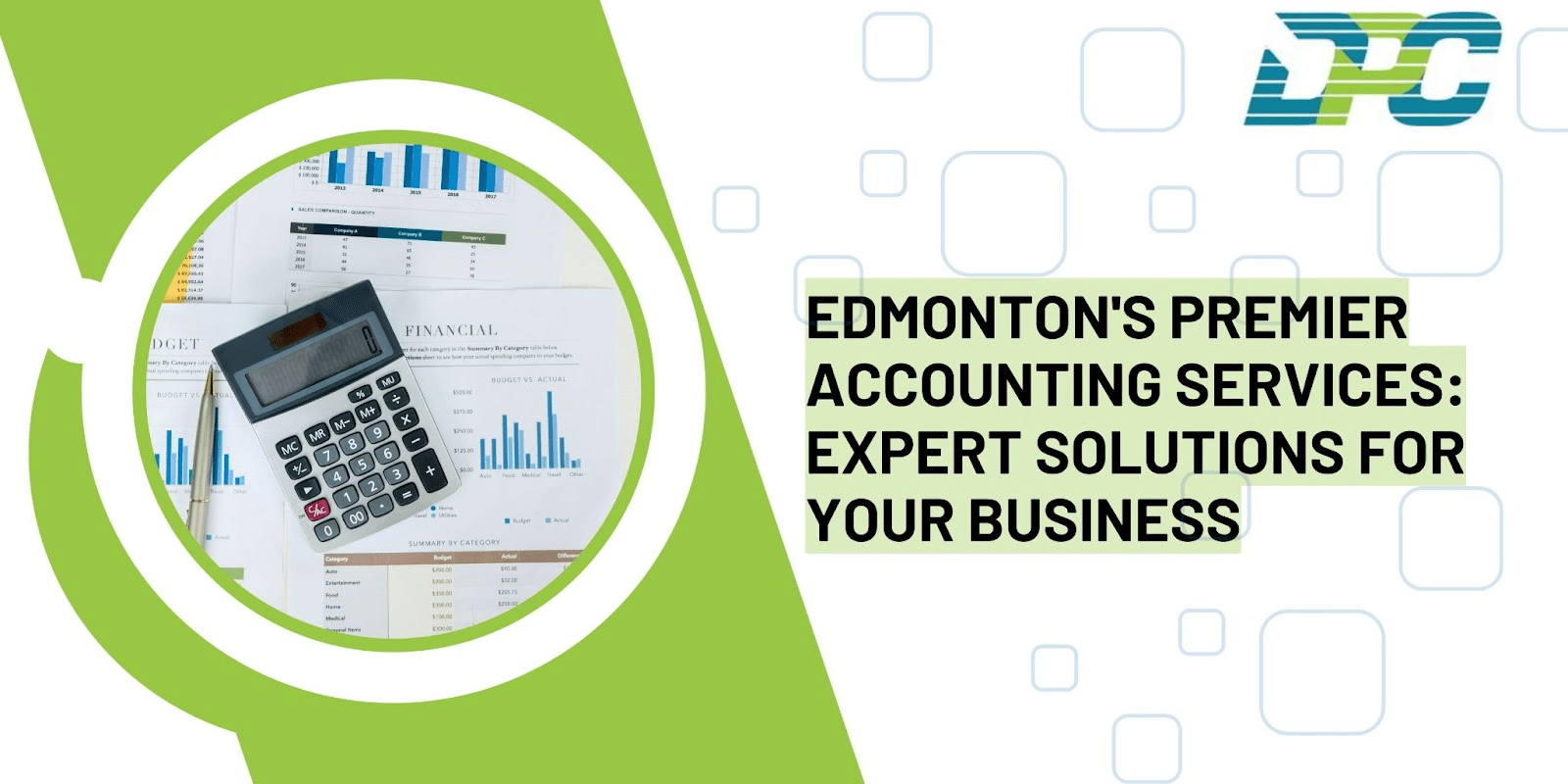Fraud is an insidious threat that can strike any business, from small start-ups to multinational corporations. It takes many forms, including embezzlement, identity theft, billing scams, and more. The financial and reputational damage caused by fraud can be devastating. To safeguard your business, it’s crucial to be proactive in detecting and preventing fraudulent activities. One powerful tool that businesses can employ in their anti-fraud arsenal is business information reports.
The Power of Business Information Reports
Business information reports offer a comprehensive view of a company’s financial history and creditworthiness. They are compiled and maintained by credit bureaus or business information agencies. While these reports are often associated with assessing the creditworthiness of potential business partners or clients, their utility extends far beyond that.
Let’s delve deeper into how business information reports can be used effectively in detecting and preventing fraud:
Detecting Fraud Through Business Information Reports
Inconsistencies in Financial Data: Business information reports include financial statements, profit and loss statements, and balance sheets. Analyzing these documents can reveal irregularities that may indicate fraudulent activity. Look for discrepancies in revenue figures, unexplained expenses, or sudden changes in financial performance.
- Credit History: A critical component of these reports is the credit history of a business. This section provides insights into outstanding debts, credit utilization, and payment behaviour. A significant and unexplained decline in creditworthiness can be a red flag for fraud, especially if it coincides with suspicious financial transactions.
- Legal Actions and Liens: Business information reports often contain information about legal actions, judgments, and liens against a company. Multiple lawsuits or a high number of unresolved legal issues can indicate financial instability or fraudulent practices within the company.
- Ownership Changes: Frequent changes in ownership or management can be a sign of instability or potential fraud. It’s essential to investigate the reasons behind these changes and assess their impact on the company’s financial stability.
- Inconsistent Industry Benchmarks: Business information reports typically include industry-specific benchmarks. If a company consistently falls significantly below these benchmarks, it could be a sign of fraudulent activity, such as misreporting financial data or inflating performance metrics.
Preventing Fraud with Business Information Reports
Due Diligence: Conduct thorough due diligence by obtaining and reviewing the business information reports of potential business partners, clients, and suppliers. Look for any warning signs, such as legal issues or credit problems, that may indicate a higher risk of fraudulent behaviour.
Regular Monitoring: Don’t limit the use of business information reports to initial assessments. Implement a system for regular monitoring of key partners, clients, and suppliers. This ongoing scrutiny can help you detect changes in their financial health or creditworthiness that might indicate emerging fraudulent activity.
Vendor Screening: Use business information reports to screen potential vendors and suppliers. A vendor with a history of financial instability or legal troubles could pose a risk to your supply chain and, by extension, your business.
Contractual Safeguards: When entering into contracts or agreements, consider including clauses that allow you to access and review the business information reports of your partners, especially in cases of long-term or high-value relationships. This proactive approach can help you identify and address potential issues before they escalate into fraud.
Employee Training: Educate your employees about the importance of business information reports in fraud detection and prevention. Make sure they understand how to interpret these reports and recognize warning signs. Encourage them to report any suspicions promptly.
Internal Controls: Establish robust internal controls to safeguard against insider fraud. Regularly review financial statements and reports for anomalies. Implement a system of checks and balances to prevent unauthorized access to sensitive financial data.
Leveraging Business Information Reports for Fraud Prevention
Detecting and preventing fraud requires vigilance, diligence, and a multi-faceted approach. Business information reports are a critical component of this strategy, but how can businesses effectively leverage them to bolster their anti-fraud efforts further? Let’s explore some advanced strategies:
Advanced Data Analytics: Business information reports are a treasure trove of data. Advanced data analytics tools can help you uncover hidden patterns and anomalies that may not be immediately apparent. Machine learning algorithms can detect irregularities in financial data, transaction patterns, and credit history, flagging potential fraud risks.
Red Flags and Risk Scores: Many business information reports provide risk scores or red flag indicators. Pay close attention to these scores and flags. A high-risk score or multiple red flags may indicate a heightened potential for fraudulent activity. Develop internal protocols that trigger further investigation when certain thresholds are crossed.
Comparative Analysis: Conduct comparative analysis by reviewing multiple business information reports side by side. Comparing the reports of different partners, clients, or suppliers can reveal inconsistencies or discrepancies that may require further scrutiny. Look for commonalities or trends among businesses with questionable profiles.
Behavioural Analysis: Incorporate behavioural analysis into your fraud prevention strategy. Monitor changes in the behaviour of your business partners, clients, or suppliers. For example, sudden shifts in payment behaviour, such as consistently late payments after a history of punctuality, can be indicative of financial distress or fraudulent activity.
Third-party Verification: Cross-reference information from business information reports with data from other reputable sources. Third-party verification can help confirm the accuracy of the data presented in the reports. Verifying key financial figures, ownership details, and legal actions can enhance your fraud detection capabilities.
Continuous Monitoring: Fraudsters are persistent and adaptive. Implement continuous monitoring of your business relationships. Set up alerts that notify you of any significant changes in the creditworthiness or legal status of your partners, clients, or suppliers. Real-time monitoring ensures that you stay ahead of potential fraud.
Fraud Databases: Tap into fraud databases and industry-specific resources to enhance your fraud detection capabilities. These databases compile information on known fraudulent activities and individuals or businesses involved in fraud. Regularly check these resources to identify potential threats.
Invest in Training: Invest in specialized training for your team members responsible for reviewing business information reports. Equip them with the skills and knowledge necessary to spot subtle signs of fraud and make informed decisions based on the data presented in the reports.
Collaborate and Share Information: Collaborate with other businesses and industry peers to share information about fraudulent activities. Establish a network for sharing insights and best practices in fraud prevention. By pooling resources and knowledge, you can collectively combat fraud more effectively.
Legal Expertise: In complex cases, consider seeking legal expertise. Legal professionals experienced in fraud investigations can guide you through the process of gathering evidence, preserving legal rights, and pursuing legal action against fraudsters when necessary.
Conclusion
Business information reports are indispensable tools in the fight against fraud, but they are most effective when integrated into a comprehensive anti-fraud strategy. By combining advanced data analytics, behavioural analysis, continuous monitoring, and collaboration with industry peers, businesses can significantly enhance their ability to detect and prevent fraud. Remember that fraud prevention is an ongoing process that requires adaptability and a commitment to staying one step ahead of fraudsters. With the right strategies and tools in place, your business can better protect its financial well-being and reputation in an increasingly complex and interconnected business landscape.










